The roof flashing is probably one of the unsung heroes of your home’s protective components. It’s a lowkey roofing material that is placed on areas of your roof that are prone to water leaks and air infiltration. Some examples of these areas are the joints between different points of your roof, such as the skylights, vents and chimneys. Your roofing contractor will tell you that the flashing is made of metals or materials that are resistant to corrosion. A few examples of these materials include plastic and other composites.

The roof flashing protects your home by shedding water away from the leak prone areas towards your gutter systems so that they are directed safely away from your home and your foundation. With that said, you can understand how important it is in maintaining not only your roof, but your home’s safety and integrity. This is why it’s essential to ensure that your roof flashing is in prime condition for as long as possible to protect your home and extend your roof’s lifespan. In fact, one of the leading causes of roofing failures or leaks root from faulty roof flashing, emphasizing its importance. However, there are some instances where your roof flashing can fail due to various reasons.
Here are the causes of roof flashing failure and the measures you can take to prevent it from happening.
Types of Roof Flashing
There are numerous kinds of roof flashing, but they all fall under a few wide categories. There are various materials used to make roof flashing, but the most common one is sheet metal. Galvanized steel flashings are used by roofing contractors due to their durability. In turn, this gives you the most protection for your roofing system since galvanized steel flashings can prevent water and air from leaking into your home.
According to other residential roof installation experts, some homeowners prefer aluminum flashings, especially if they choose to install it themselves. This is because aluminum is an easier material to work with since it can be easily bent and is quicker to install. In rare instances, some roofers use copper flashing due to its aesthetic elements. This is usually seen in historic or rustic homes with unique roofing materials, such as copper roofing shingles.
Lack of Information on the Roof Flashing
When you’re calling on third-party roofing companies that didn’t work on your roof before, one of the biggest hurdles they encounter is their lack of access to your original building plans. These building plans are usually curated by licensed builders and architects, and enumerate important details, such as the materials used, the dimensions and the span of the project.
If your residential roof repair and installation contractors know the original material and construction details, they will have an easier time designing a roofing system that will protect your home and your roof. This will also help them pick the perfect flashing material for your home, budget and the climate conditions. In the unfortunate case that your roofers don’t have access to these materials, they might have to rely on guesswork, which leads to faulty flashing installation or a poor choice of roofing materials. This will compromise the safety and integrity of your roofing system. Keep in mind that a flashing replacement job can be done in tandem with other roofing jobs, such as a shingle replacement or re-roofing, which is why it’s important to have your flashing inspected immediately.
Wrinkled Flashing
If your roofer notices that your flashing has wrinkles on it during a residential roofing inspection, then this is most likely caused by the climate or weather extremes. This is especially evident during the winter seasons when the temperature shifts can cause the flashing to warp due to repeated contraction and expansion of the roofing materials.
In turn, this leads to your roof flashing appearing warped. Once it begins to warp, the metal starts to wrinkle and shorten in length. This will create gaps on your roof that weren’t originally there, leaving your roofing system exposed to leaks, debris and even air infiltration. Make sure that you contact your residential roof repair contractor immediately to have this resolved before the issue worsens.
Loose Flashing
Another common problem that homeowners encounter is loose flashing attached to the foundations. There’s a common misconception that goes around that when they see the flashing separating from their home, that it’s a result of faulty flashing installation. That can be the case when you’re working with neophyte roofers, but that most likely isn’t the case when you’re working with skilled roofing contractors since they’ll take a closer look at your foundation for more problems.
If your home has foundation issues, cracks might not be easily seen. If not noticeable in the foundation’s base, homeowners will notice the cracks on the door frames, siding or even near the roof itself. These cracks are a result of the home’s foundation fracturing due to constant settling. Foundation settling is one of the prime causes as to why your home’s flashing can come loose. This is evident if you look at your fireplace or even your chimney. If you notice that your flashing is separating from your chimney, you’ll need to contact your foundation and roof repair company for assistance in this matter.
Never Go DIY
Keep in mind that roofing projects are dangerous jobs that require special tools and experience to pull off correctly. A minor slip-up can result in injury or even death. If you aren’t familiar with your roofing system, make sure to leave all your roofing jobs to trusted professionals like Hershey Exteriors, Inc.
At Hershey Exteriors, Inc, we offer a full suite of residential roof services to ensure the integrity and long-term functionality of your home’s roofing surface. We are a GAF-Certified Roofing Company. This means that we can offer you the best selection of roofing materials available on the market. We also specialize in window and gutter replacement as well as residential roof installation and repairs. Call (302) 569-9039, or fill out our contact form to request a free estimate.
Tags
Subscribe to Hershey Exteriors's Blog


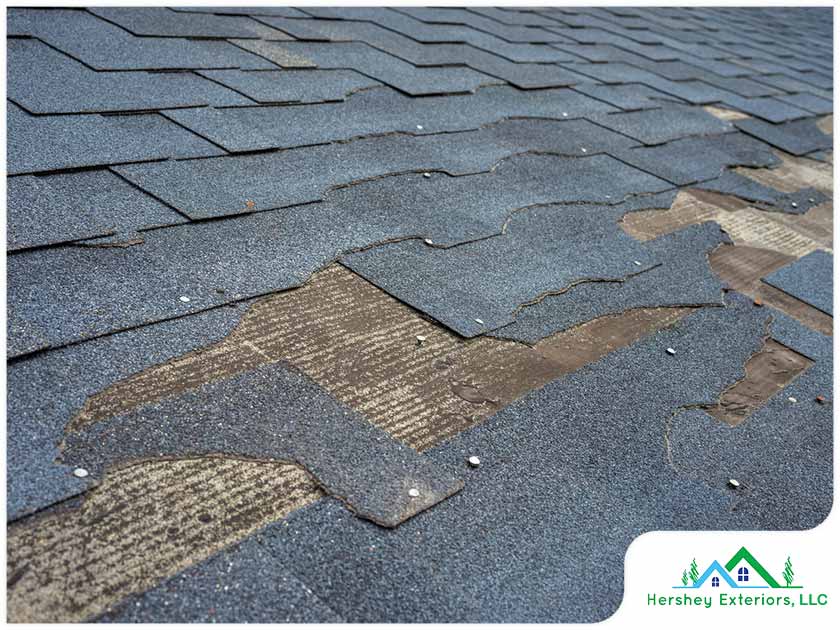
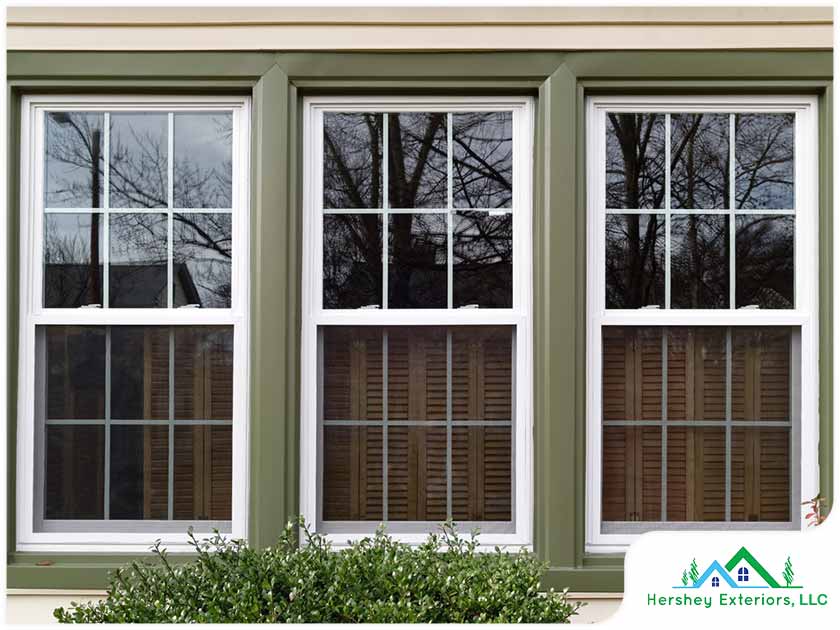
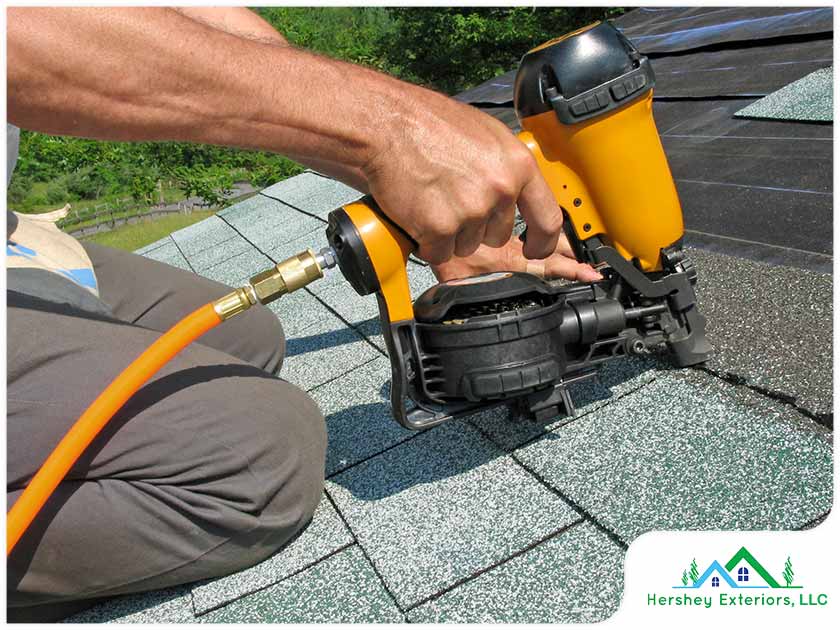
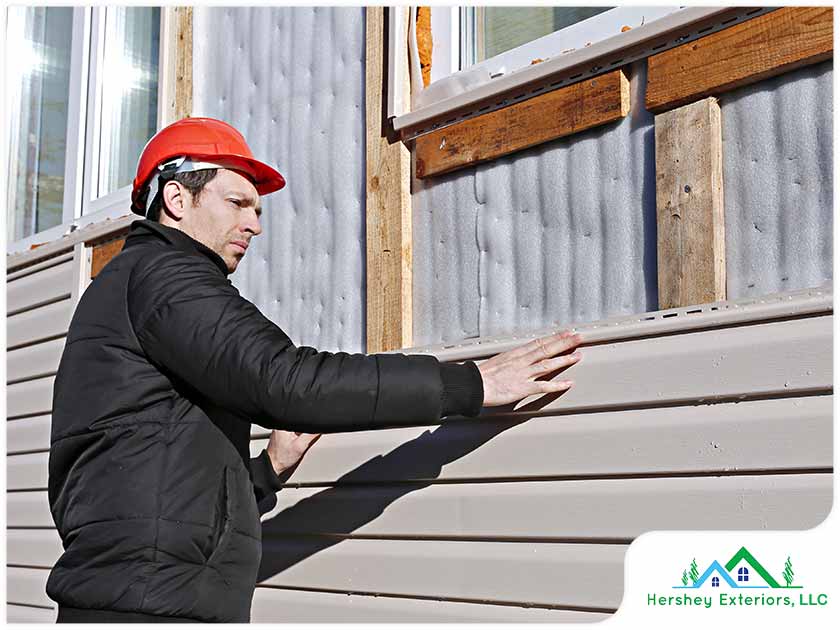
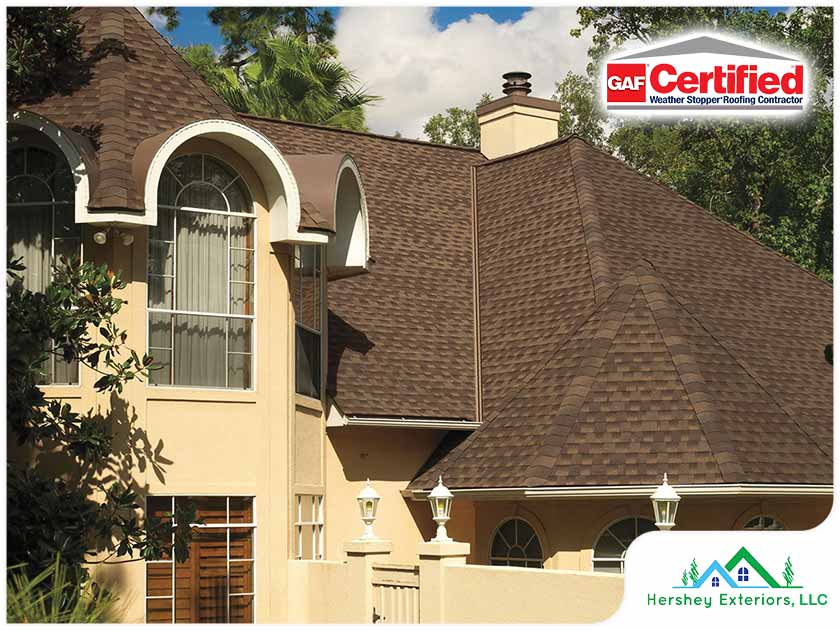

Comments